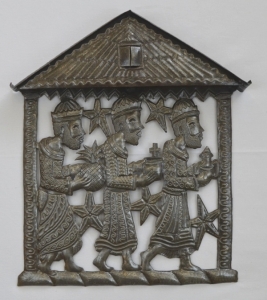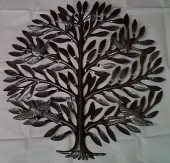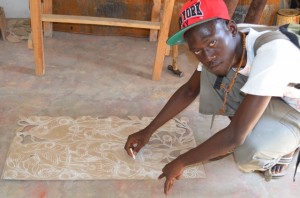Journeys of The Magi and Me
Of all of the symbols of Christmas, my favorite is The Three Magi. Not coincidentally, I suppose, it is their journey that moves me. At heart, I am an adventurer, and I know that they were too; undertaking a commitment of great distance, following a star to an unknown destination. What marvels did they see? What hardships did they endure? What lessons of men and mountains did they learn along the way?
According to what little historical background we can attach to their story, The Magi were Zoroastrian priests of Ancient Persia, an empire that at the time of Christ’s birth extended from what is now Central Turkey southward to the United Arab Emirates and east to Mongolia and the Indus Valley in India. The priestly class of the period was particularly avid in the study of astrology and astronomy and that these three apparently dropped everything in quest of a star could be equated to going abroad in the name of scientific inquiry. Anticipation of discovery and the thrill of the adventure to unfold must have filled their hearts. What excitement they must have felt as they set out on their overland voyage!
Indeed, their journey was on my mind few years ago, early in the holiday season when I set out to run a quick errand. I had been in the middle of decorating and had carefully arranged my Nativity set; The Magi leading their camels just so across the console table. Upon critical examination, however, I decided that I needed a couple of poinsettias or greenery at least, to complete the scene. I jumped in the car to head out in  search of same when I passed a Christmas tree lot that had the added attraction of offering camel rides. By golly! I couldn’t drop everything to follow a star for months on end, but I had 15 minutes to stop and ride a camel. So I did. Discovery and adventure do not belong only to The Magi. It is something we share.
search of same when I passed a Christmas tree lot that had the added attraction of offering camel rides. By golly! I couldn’t drop everything to follow a star for months on end, but I had 15 minutes to stop and ride a camel. So I did. Discovery and adventure do not belong only to The Magi. It is something we share.
Contributed by Linda for Beyond Borders/It’s Cactus








![BlackMadonna[1]](https://blog.itscactus.com/wp-content/uploads/2013/04/BlackMadonna1-201x300.jpg)



![sm84[2]](https://blog.itscactus.com/wp-content/uploads/2012/11/sm842.jpg)


![ht162[1]](https://blog.itscactus.com/wp-content/uploads/2012/10/ht16212.jpg)
